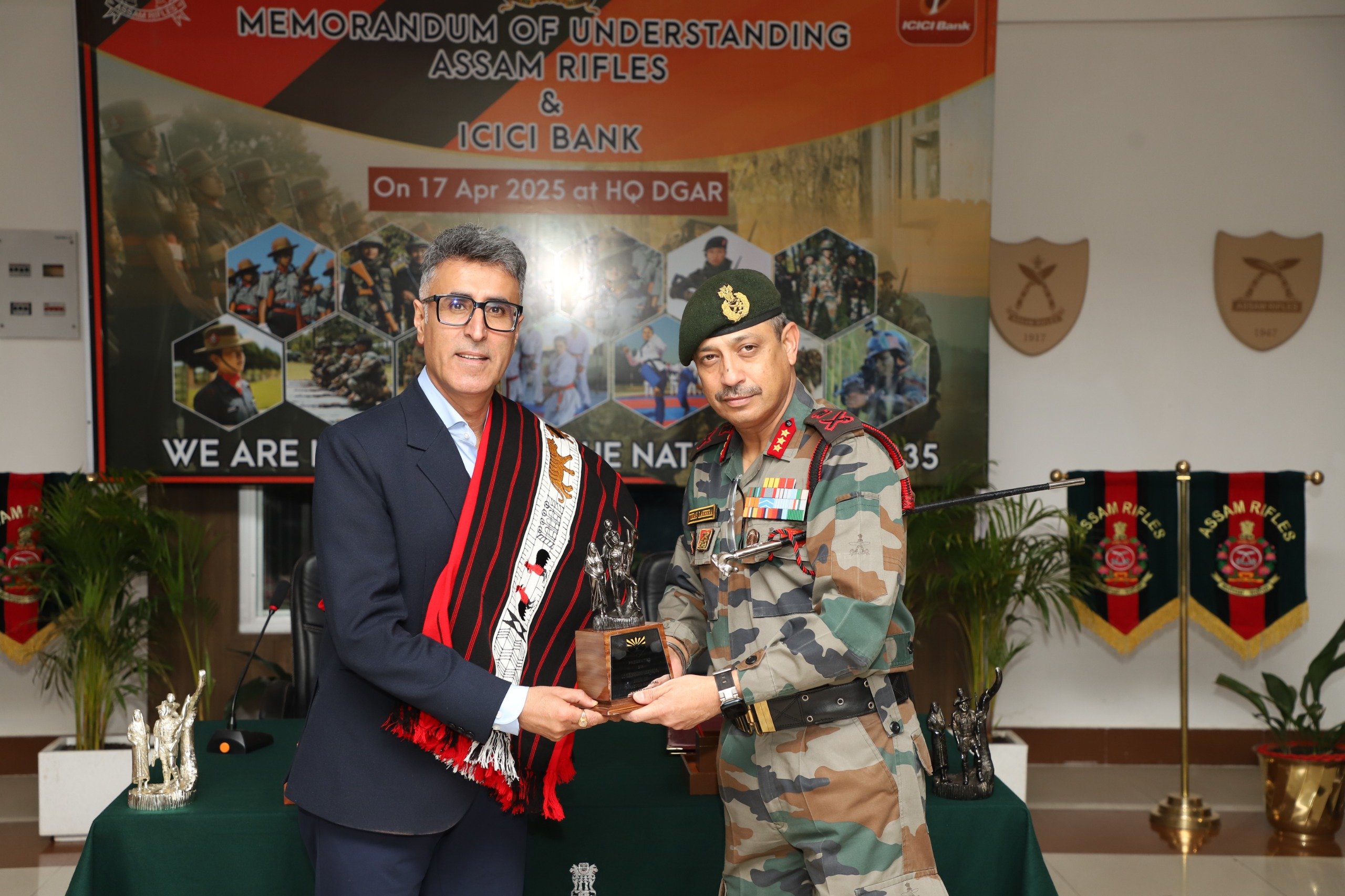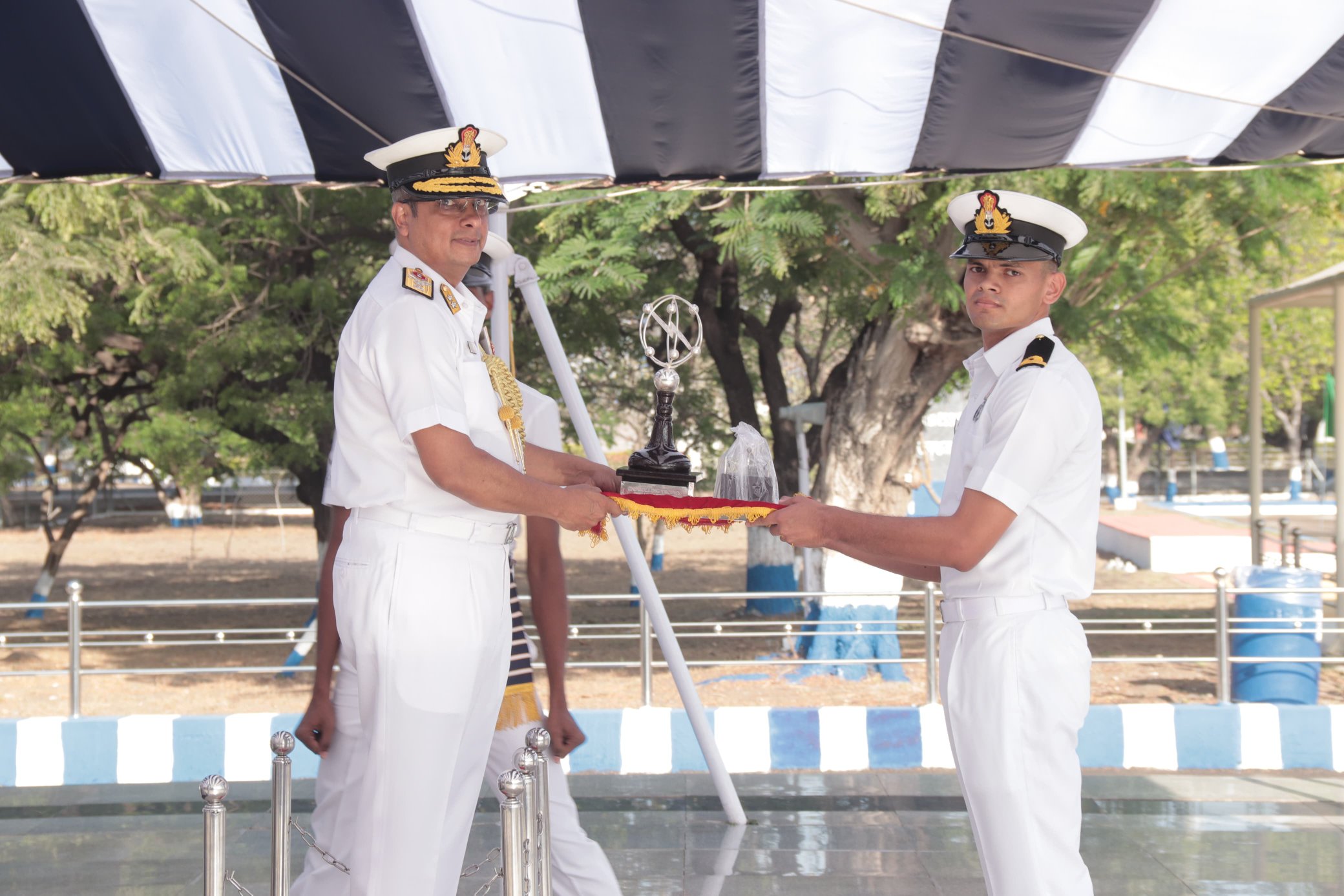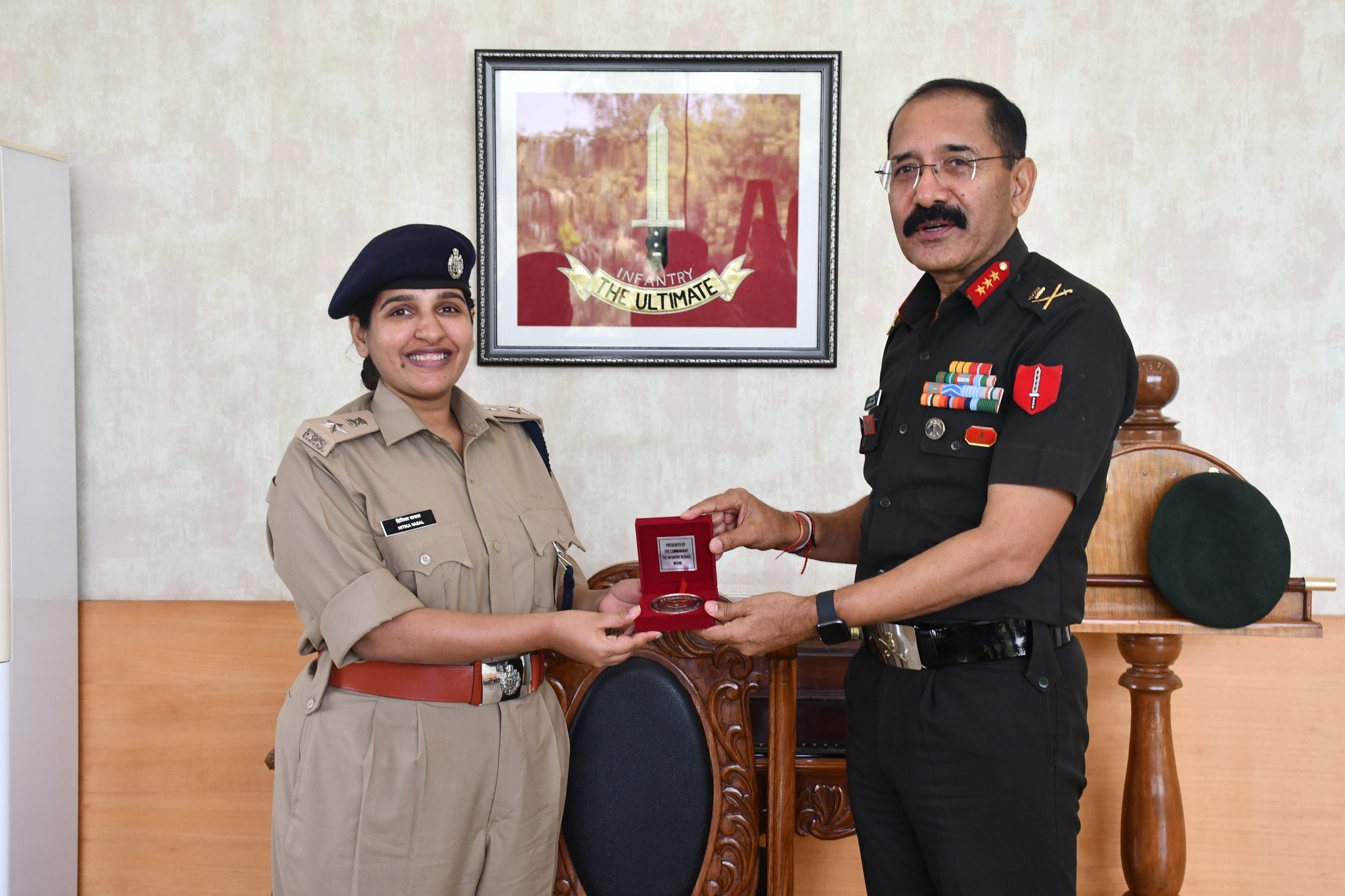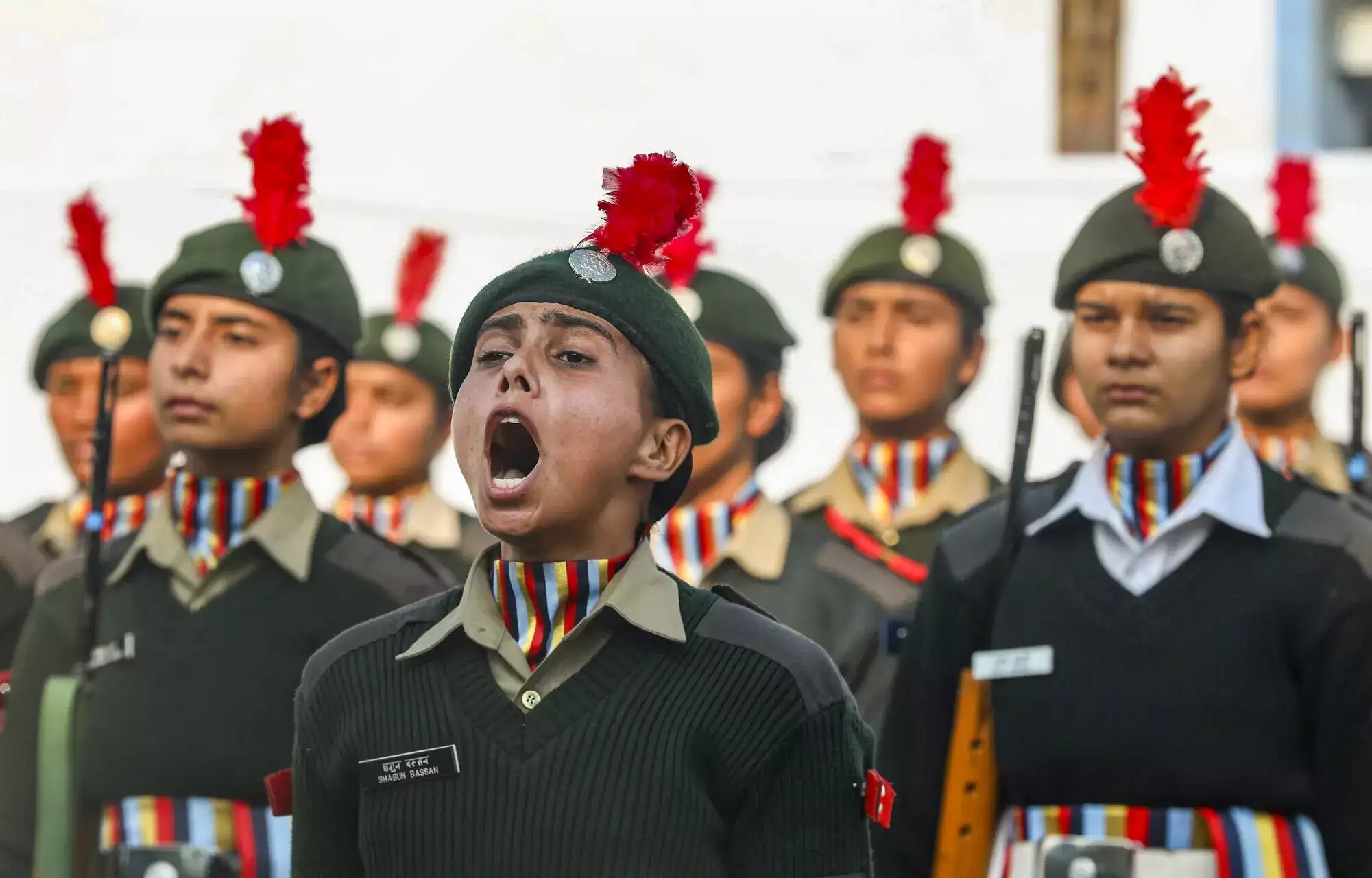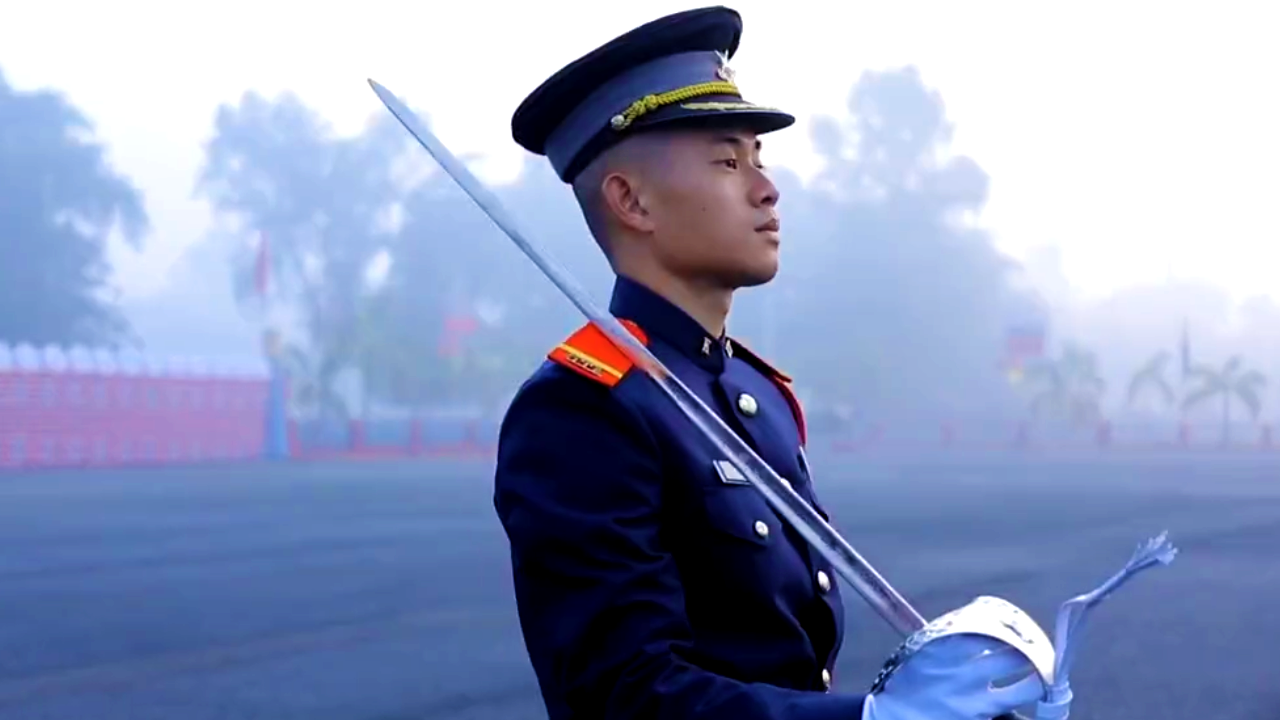In a remarkable initiative aimed at improving the lives of amputee military personnel, Gurvinder Singh, a 41-year-old mechanical engineer and son of a retired army veteran, has developed an innovative prosthetic foot named the ‘Phoenix Foot.’ This groundbreaking design emerged from the need to enhance the comfort and functionality of artificial limbs, particularly for veterans and other amputees facing mobility challenges.
Gurvinder’s motivation to create the Phoenix Foot stemmed from a deeply personal experience. His father, Gurbachan Singh, who served the Indian Army as an Honorary Lieutenant, underwent amputation after a mismanaged treatment at a private hospital in Goa. Inspired by his father’s determination to regain mobility, Gurvinder began his journey to innovation. “When he was at home, my father was determined to stand and walk. He asked me to do something that could help him,” Gurvinder shared. Initially, he constructed a rudimentary prosthetic limb using PVC pipes, enabling his father to stand, but it was at the Artificial Limb Centre (ALC) in Pune that the concept evolved significantly, thanks to collaboration with medical professionals.
Recently, the ALC team, which included prosthetic surgeon Lt Col G Parmeshwar Reddy, showcased the Phoenix Foot at the Indian Army’s annual idea and innovation competition, Inno-Yoddha 2024-25. The event, held at the Manekshaw Centre in New Delhi, recognized Gurvinder’s efforts, with Army Chief General Upendra Dwivedi awarding him the Chief of Army Staff Commendation Card on the spot, highlighting the project’s potential impact.
The Phoenix Foot is designed to provide natural ankle movement and incorporates shock-absorption capabilities, which relieve pressure on the knee and hip joints, facilitating easier movement during prolonged physical activities. It is also customizable to accommodate various weights and is suitable for use in diverse terrains.
As the product moves towards mass production, Gurvinder expressed a sense of fulfillment, stating, “I am happy that I could do something for military personnel and people who undergo amputation due to various reasons in their lives.” His father proudly remarked, “It is a proud thing for me as my son’s innovative work will make a positive difference in the lives of people like me in the near future.”
To ensure the Phoenix Foot meets the highest standards of strength and functionality, the Defence Research and Development Organisation (DRDO) will conduct rigorous evaluations at its laboratories in Pune and Bengaluru in the upcoming weeks. At the ALC, five patients have already tested the prosthetic foot with encouraging results, but further trials will be necessary to ascertain its effectiveness across a broader population, including civilians.
The ALC has positioned the Phoenix Foot as a leading-edge solution in assistive technology, building on its prior success with a paralympic foot design that contributed to numerous medals for Indian athletes at the Commonwealth Games. Key benefits of the Phoenix Foot include accelerated rehabilitation—reducing recovery time from six weeks to four—weeks, enhanced mobility for daily activities, and a cost-effective solution for amputees. The ALC aims to standardize the components of the Phoenix Foot, making it widely accessible while collaborating with various workshops to facilitate its distribution and integration into the lives of those in need.




